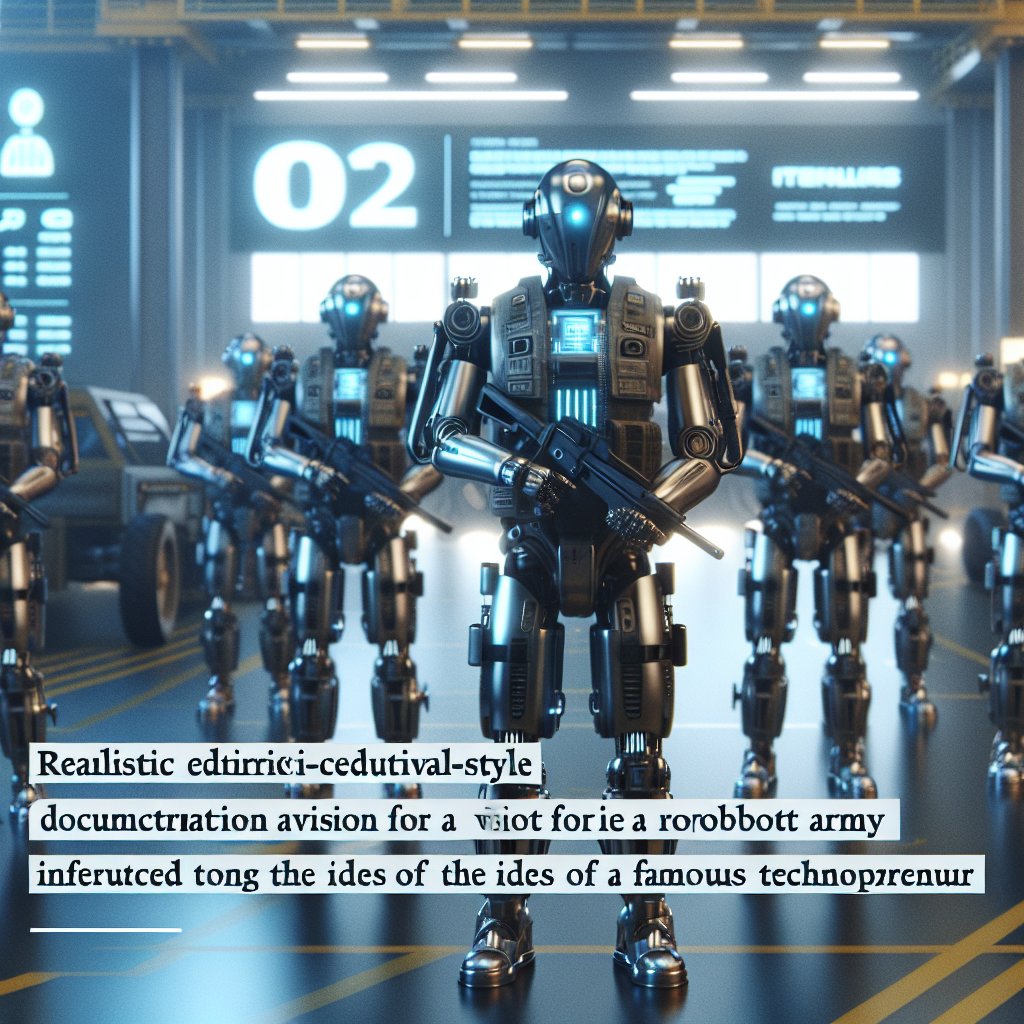The Brain’s Reality Check
Your brain is a master illusionist, creating a version of reality that ensures your survival rather than delivering a perfect picture. It fills in gaps and interprets sensory data based on past experiences. This is why you might see a blue and black dress while your friend insists it’s white and gold. The debate over the infamous dress highlighted how our brains construct reality using the primary visual cortex, or V1, to quickly process and interpret visual information.
In 2015, a simple photo of a dress sparked a global debate. Some saw it as blue and black, others as white and gold. Neuroscientists like Hyeyoung Shin, PhD, have been trying to explain this phenomenon. It turns out our brains fill in perception gaps using past experiences and evolutionary design. V1, the first layer of the visual cortex, plays a crucial role in this process, helping us make quick decisions about our environment—an essential ability for survival.
Filling in the Blanks
Shin’s recent study involved zapping the brains of mice with lasers to see if they could create a visual illusion. By targeting specific neurons in V1, they made the mice’s brains perceive shapes that weren’t there, like the Kanizsa triangle illusion. This demonstrates how our brains don’t merely capture images but actively construct them based on sensory evidence and beliefs.
The brain’s ability to fill in gaps isn’t new, but Shin’s study pinpointed the exact cluster of neurons responsible for broadcasting illusions. This suggests that perception is not a direct recording of reality but an inference process. Our brains make educated guesses, filling in gaps with information from past experiences. This isn’t a ‘controlled hallucination,’ but rather an interpretation of sensory evidence shaped by our beliefs about the world.
Shared Perceptions and Predictive Codes
Despite individual differences, humans generally agree on what we see. Even in the dress debate, no one saw completely different colors like red or fuchsia. This suggests our brains operate on a similar predictive code, shaped by shared sensory experiences. The Kanizsa triangle is a prime example: we see a non-existent triangle because our brains assume aligned edges form complete shapes.
Our sensory experiences shape our beliefs about the world, leading to shared perceptions across species. From humans to bees, the ability to perceive illusory contours is widespread. This shared code helps us navigate our environments efficiently, prioritizing survival over absolute accuracy. The brain isn’t interested in the ‘true’ picture, but rather a useful one that aids survival.
Trusting Our Perception
James Hyman, PhD, suggests that the brain’s reality creation is akin to memory processes. A small spark in memory centers can trigger widespread brain activation, illustrating how efficiently our brains store memories and produce sensory experiences. This energy conservation is key to survival, ensuring we react swiftly to environmental cues.
The question remains: can we trust our consciousness to reveal the truth, or is it just spinning a survival-friendly story? While we may never know the full truth due to our brain’s design, it’s clear that our perception is a complex interplay of sensory input and past experiences. Even if we could suppress the brain’s feedback loops, the reality we uncover might not align with our expectations—perhaps the real world is far different from what we perceive each morning.
Facts Worth Knowing
- •💡 The primary visual cortex (V1) helps decide what we see, not just capture images.
- •💡 Hyeyoung Shin’s study showed mice could perceive shapes that weren’t there – source
- •💡 Our brains use past experiences to fill in perception gaps, creating a survival-driven reality.



